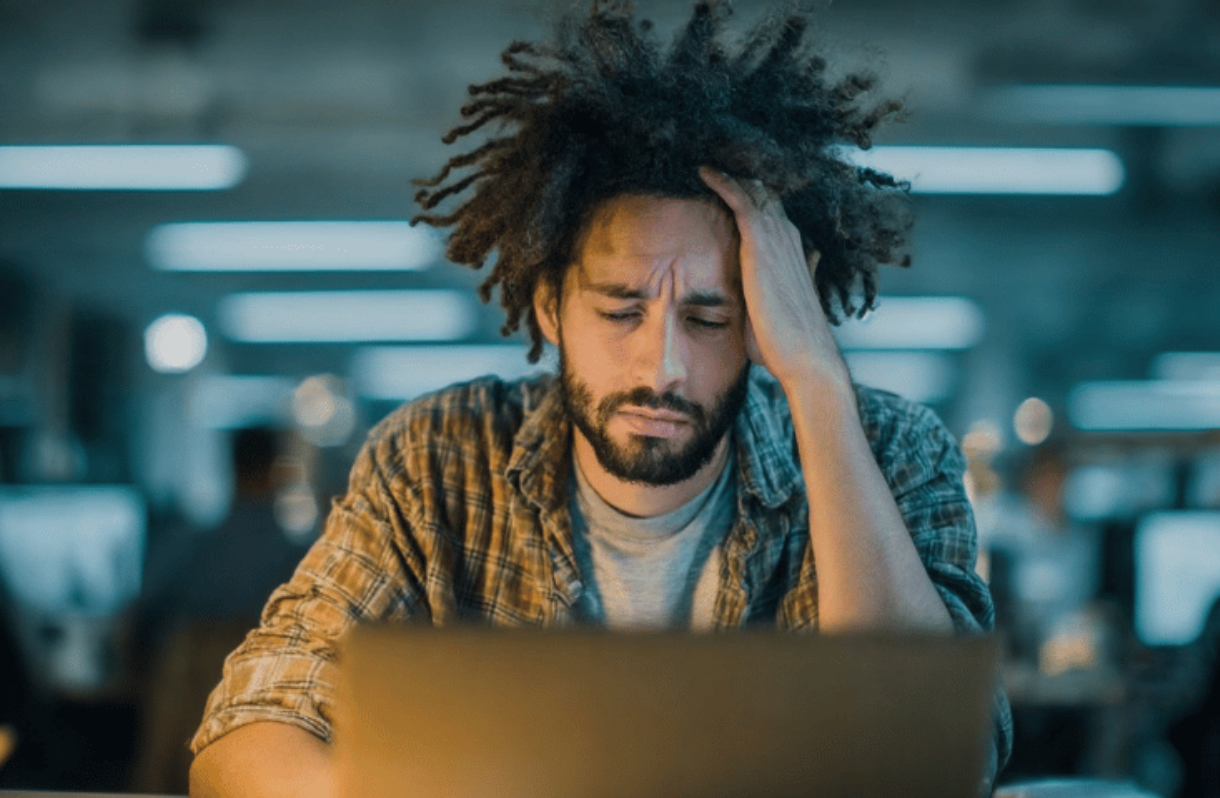Creative Burnout Is Real – 7 Ways to Recharge (Without Reaching for Nicotine)

Creative burnout isn’t just a buzzword; it’s a very real experience for designers and digital creatives. Long hours, tight deadlines, and constant screen exposure can wear down even the most inspired minds. When burnout hits, many reach for quick fixes: caffeine, sugar, or even nicotine. But there’s a growing shift toward healthier, more mindful rituals to manage stress and regain focus.
In this guide, we’ll explore how to recharge your creativity without leaning on addictive substances. From journaling and nature breaks to sensory-based tools like non-nicotine vapor, there are many ways to reset and support your creative energy.
Understanding Creative Burnout
Creative burnout typically shows up as mental fatigue, lack of motivation, irritability, and a drop in the quality of your work. It can also manifest physically through headaches and sleep disturbances. Unlike physical exhaustion, creative burnout is tied to emotional and cognitive overload, and it’s often made worse by overstimulation and not taking proper breaks.
Digital natives working in fast-paced, high-output industries are especially prone to this condition. The pressure to stay relevant, responsive, and productive makes it easy to ignore the body’s signals for rest. Over time, the results are cumulative and hard to ignore.
The Role of Sensory Rituals in Creative Recovery
Sensory input is important in how we regulate stress, especially when dealing with burnout. Small sensory rituals (lighting a candle, listening to ambient music, or savoring a flavored beverage) can help ground us in the present moment. These micro-rituals act as cues to slow down and breathe, offering a brief reset during a hectic day. Creatives benefit from these subtle transitions between tasks, especially when switching from high-focus work to more exploratory or conceptual thinking. Incorporating mindful sensory pauses can be a simple yet powerful way to restore balance and clarity throughout your workflow.
Healthy Habits That Actually Help
Recovering from burnout requires more than a weekend nap or skipping one late-night editing session. Rather, you need to create sustainable habits that support your body and mind. Here are a few foundational strategies that can help creatives reset and restore their balance:
1. Breathwork and Meditation
Intentional breathing activates the parasympathetic nervous system, signaling the body to relax. Just five minutes of controlled breathing can reduce stress levels, increase oxygen flow, and improve mental clarity. Apps like Headspace or Insight Timer can guide you through short sessions designed for focus and creativity.
2. Nature Breaks
Studies show that time in natural environments restores attention span, lowers cortisol levels, and increases creativity. Even a 20-minute walk outside can help. For creatives, consider shifting shoots outdoors when possible or editing in spaces with natural light.
3. Journaling
Writing down your thoughts helps externalize the mental clutter that contributes to burnout. Stream-of-consciousness journaling or structured prompts like “What’s draining my energy right now?” can surface patterns and offer clarity.
4. Digital Boundaries
Consider setting screen-time limits, turning off non-essential notifications, or scheduling device-free hours. These small shifts help reduce overstimulation and give your brain a chance to decompress between creative sessions.
5. Movement and Stretching
Physical movement is often overlooked in creative routines. Light stretching, yoga, or even short bursts of exercise can release tension held in the body and help clear mental blocks. Movement stimulates endorphins, which naturally improve mood and focus, making it easier to return to work with renewed energy.
6. Structured Routines with Flexibility
While creativity thrives on spontaneity, burnout often stems from a complete lack of structure. Creating daily routines that include designated work and rest periods can help maintain balance. However, building in room for flexibility ensures you don’t feel boxed in. Consider time-blocking your day while allowing buffer zones to reset when necessary.
7. A New Kind of Ritual: Nicotine-Free Vaping
One increasingly explored tool among wellness-minded creatives is the nicotine-free vape. Unlike traditional vape pens that contain nicotine, non-nicotine vape options offer a sensory experience without the addictive risks.
Blakk Smoke’s approach to vapor products is based on fruit-infused liquid, with no nicotine or tobacco. These hookah vape pen devices aim to replicate traditional hookah-style enjoyment in a simpler, cleaner format.
For some creatives, flavor variants like a mint vape offer a sensory shift that helps with relaxation or creative re-centering. These moments of pause can support a reset during intense work sessions.
Designed for Ease and Portability
The electronic hookah model from Blakk Smoke is breath-activated, so there’s no setup or charging required. This makes it accessible for users looking for simplicity. Compact enough to carry while traveling or working remotely, a portable hookah pen fits naturally into mobile lifestyles. Paired with flavorful fruit shisha options, it offers a sensory break that feels intentional rather than distracting, supporting moments of calm throughout the day.
Blakk Smoke has plenty of fruit shisha flavors without introducing chemical additives or nicotine. For creatives who want a low-interruption way to take a break, these types of devices offer that escape.
Reframing the Creative Workflow
Creating a healthier relationship with your workflow can protect you against burnout in the long run. This means balancing deep focus sessions with real rest, diversifying your sensory inputs, and building habits that support (not deplete) your energy.
Consider building in micro-breaks every 90 minutes: stand, stretch, or sip something calming. Switch up your environment to reset your perspective. Instead of pushing through fatigue, recognize it as a signal to recalibrate.
For some, integrating tools like a no-nicotine vape into these breaks provides a cue for reflection or a transition point in the day. It’s less about replacement and more about rethinking the rituals that frame your creative process.
Conclusion
Creative burnout doesn’t have to derail your momentum. By implementing wellness-focused habits and exploring intentional tools, you can maintain your creativity without leaning on nicotine or other stimulants.
There are ways to create sustainably and recharge purposefully, like spending time in nature, reflective journaling and sensory resets. If you’re exploring new approaches to break cycles of burnout, a reimagined ritual might be the first step in a healthier direction.



